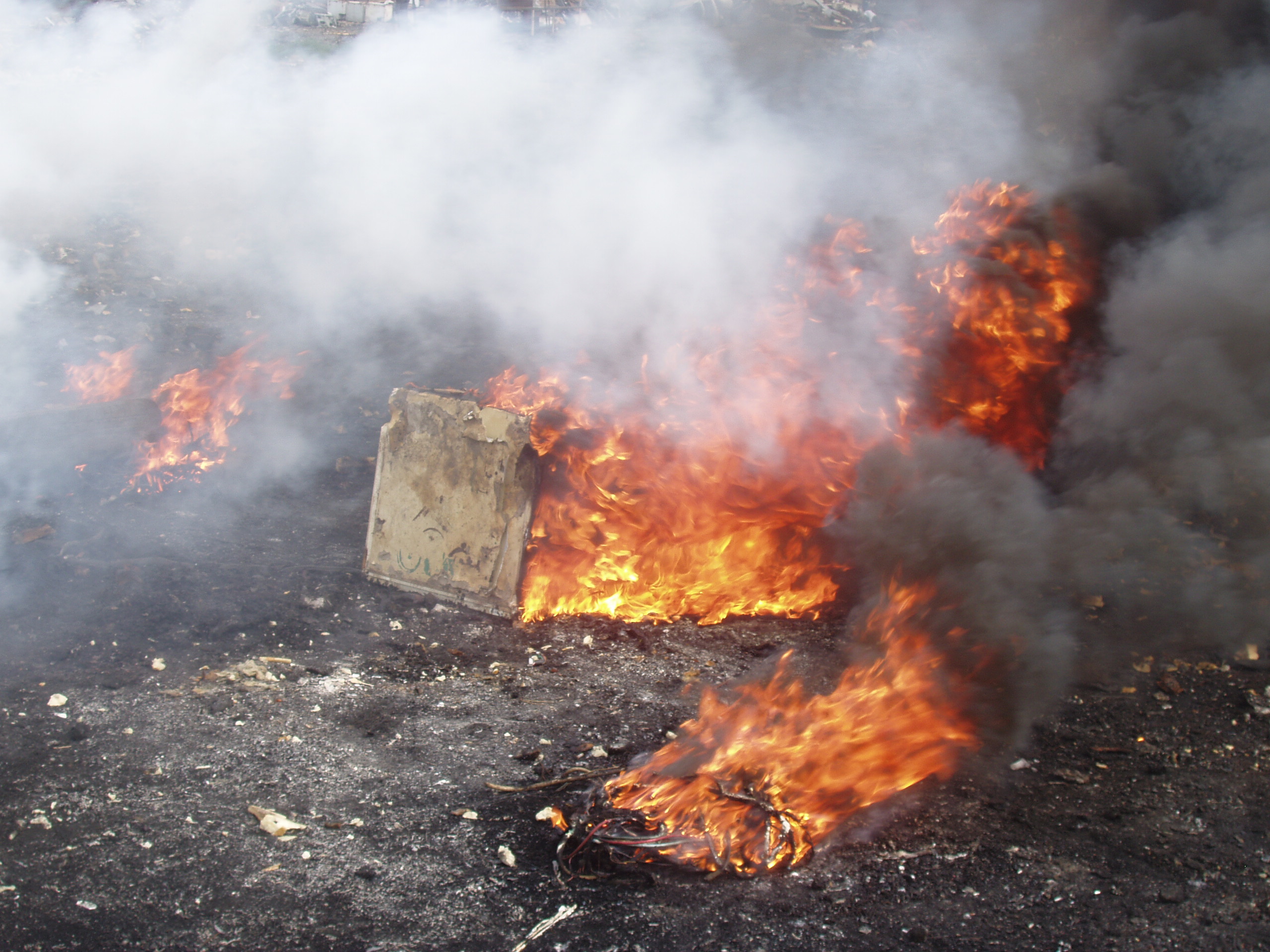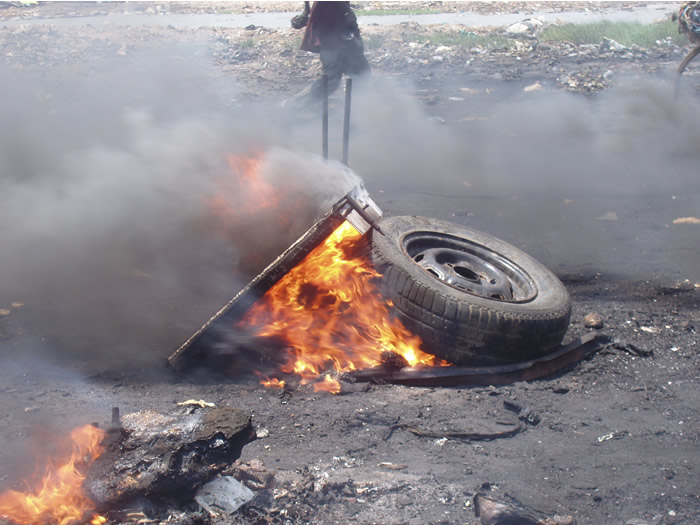

 Open burning of waste is a significant source of air pollution. This is due to the uncontrolled combustion of materials that releases harmful chemicals and particulates into the atmosphere and inhaled by people.
Open burning of waste is a significant source of air pollution. This is due to the uncontrolled combustion of materials that releases harmful chemicals and particulates into the atmosphere and inhaled by people.
When waste, including plastics, organic materials, and hazardous substances, is burned in open air, it does not burn completely, leading to the emission of toxic pollutants.
Experts are raising concern about the increasing open burning of solid waste, which has significant environmental, health, and social concerns.
Air pollution is also linked to diseases and respiratory impacts, which affect residents close to waste burning sites and beyond.
Government data and household surveys indicate that diseases likely attributable to insufficient environmental sanitation are common in the city, although households are not aware there could be a link between the waste management system and their illnesses.
Meanwhile, one third of the population does not receive waste collection services, while increased pollution and reduced waste collection are worse in low-income communities –making them more vulnerable.
Local and national laws and regulations exist related to sanitation, environment, and waste, but monitoring and enforcement are not robust.
Here are the key reasons why open burning contributes to air pollution:
Release of Toxic Gases: Burning materials such as plastics, rubber, and synthetic products generates toxic gases like dioxins, furans, and volatile organic compounds. Dioxins and furans, in particular, are highly carcinogenic and can persist in the environment for long periods, posing long-term health risks.
Emission of Greenhouse Gases: Open burning produces carbon dioxide (CO2) of which is potent greenhouse gases. These contribute to global warming and climate change by trapping heat in the Earth’s atmosphere.
Particulate Matter (PM) Pollution: The burning of waste generates fine particulate matter (PM2.5 and PM10), which can penetrate deep into the lungs and even enter the bloodstream. Exposure to these particles is linked to respiratory diseases, cardiovascular issues, and premature death.
Heavy Metals and Toxic Elements: Waste often contains metals like lead, mercury, and cadmium. When burned, these metals become airborne and are inhaled by humans and animals or settle on soil and water, contaminating ecosystems.
Incomplete Combustion of Organic Materials: Organic waste, like food scraps or agricultural debris, can also release harmful pollutants when burned. These include methane and carbon monoxide (CO), which can be dangerous in high concentrations and contribute to smog formation.
Health Risks for Communities: People living near areas where open burning occurs are at a greater risk of exposure to harmful pollutants. This can lead to health issues such as respiratory infections, asthma, and chronic diseases like bronchitis or heart conditions.
Overall, open burning of waste is a dangerous practice that contributes to poor air quality, exacerbates climate change, and poses serious health risks to both humans and the environment.
The effects of waste burning and open dumping necessitate a holistic approach to address these challenges.
This includes infrastructure development, implementation and enforcement of waste management regulations, community engagement, technological solutions, promotion of recycling technologies, and public-private partnerships
Reducing or eliminating open burning through proper waste management practices is crucial to improving air quality and protecting public health.
Source: GNA
The post Open burning is a source of air pollution – Experts appeared first on Ghana Business News.
Read Full Story













Facebook
Twitter
Pinterest
Instagram
Google+
YouTube
LinkedIn
RSS